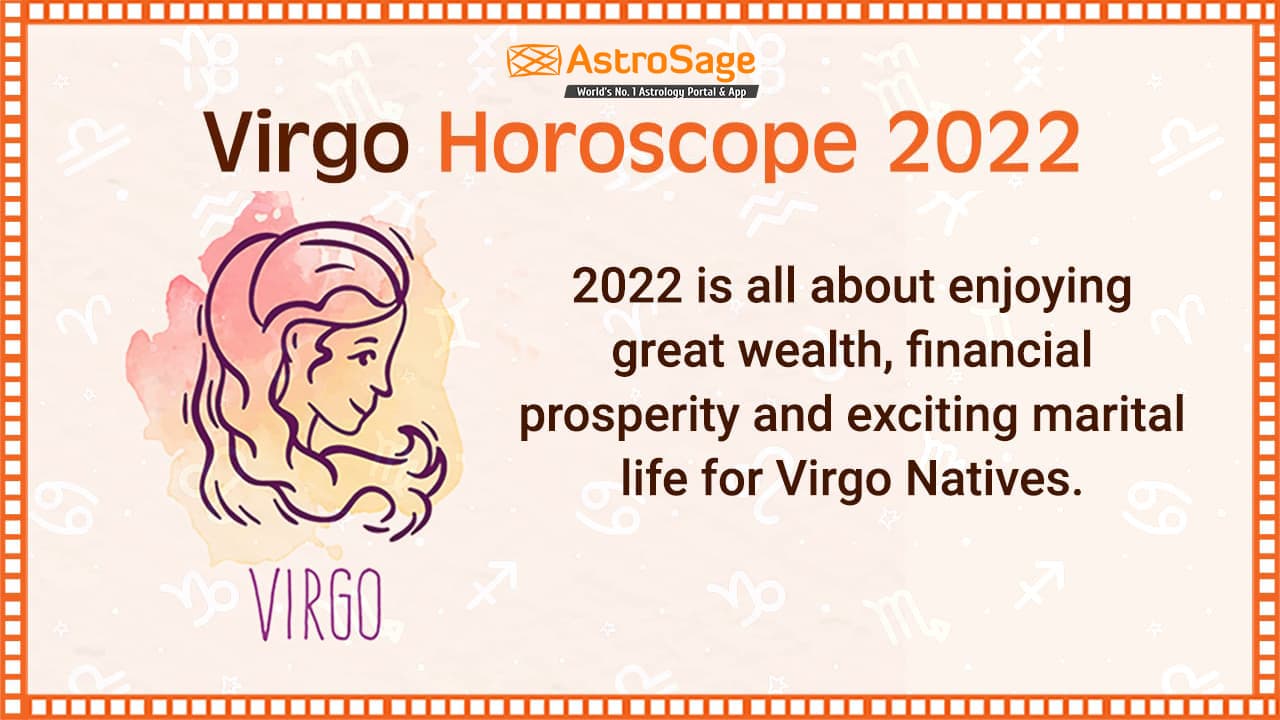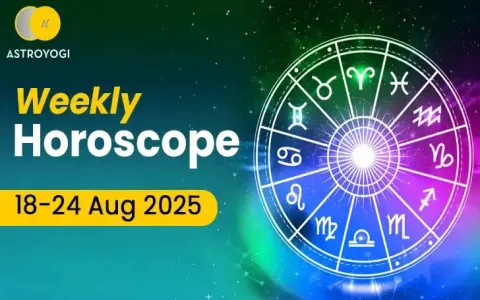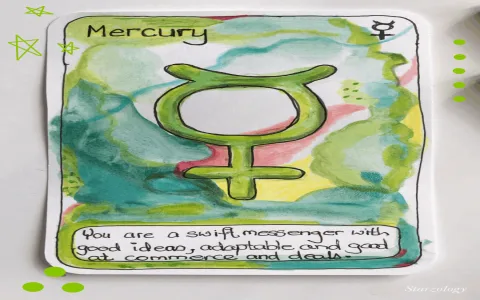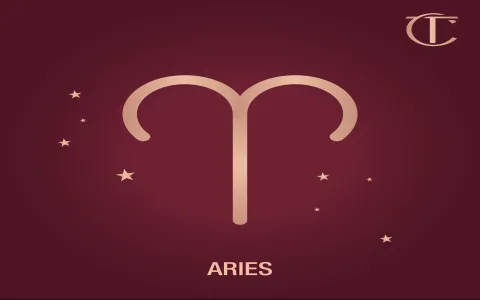The 2022 Virgo Career Test: Why I Started Treating Astrology Like a Project Timeline
Man, 2021 kicked my butt. I had convinced myself I was done with the corporate grind and could totally make it as an independent consultant. I threw myself into setting up a new service, pouring thousands of hours into networking and building the platform. What happened? Crickets. Absolutely nothing stuck. By December, I was sitting there, staring at a bank account that was looking pretty sad, feeling like I had just wasted a year.
I needed a new approach, but honestly, I was burnt out and had zero faith left in my own judgment. So, I did something totally uncharacteristic. I decided to outsource my scheduling to the cosmos. I figured, look, if I’m going to fail, I might as well fail based on ancient star wisdom instead of my own garbage timing. That’s how I ended up doing a deep, messy dive into the Virgo career predictions for 2022, specifically hunting down the so-called “lucky months.”
Phase One: Hoarding the Forecasts and Building the Messy Spreadsheet
I didn’t just read one forecast, that would be lazy. If you’re going to base your financial stability on star charts, you gotta treat it like serious data analysis, right? For three solid evenings, I was glued to the screen, pulling data. I hit up every major astrology site I could remember, focusing only on the 2022 monthly career forecasts specifically for Virgos. I wasn’t interested in love or money generally—just career success and momentum.

I manually copied and pasted the key takeaways from eight different sources into a gigantic, ugly Google Sheet. I used simple columns:
- Month (January to December)
- Site 1 Rating (1-5 star based on sentiment)
- Site 2 Rating (1-5 star)
- Key Prediction Keywords (e.g., “new contacts,” “pay bump,” “delays,” “conflicts”)
- My Consensus Score (The average rating across all sources)
It was tedious as hell. The language was flowery, too—all “mercurial retrogrades” and “Saturnian transits.” I had to translate the mystical crap into plain English like, “Good time to pitch,” or “Just stay home and organize your sock drawer.”
Phase Two: The Great Month Narrowing Down
After all that manual labor, a few patterns started screaming at me. Most sources agreed that the first quarter would be slow, focused mainly on planning and laying groundwork, which felt right given my late 2021 failure. But then, the data pointed to a few crucial windows. I narrowed it down to three main power surges I decided I absolutely had to capitalize on:
First Boost: Late February/Early March. Seven out of the eight sources pegged this as a powerful launch period. The consensus was high energy and visibility. This was designated my “Major Pitch Window.”
Second Boost: May. Almost universal agreement on May being a prime time for communication and signing contracts. I marked this as my “Client Acquisition Focus.”
Third Boost: September/October. This was the biggest surprise. Most sites flagged September, my own birth month, as the most potent career period for Virgos, predicting big recognition or a significant financial reward. This became the designated time to launch my premium, high-ticket offering.
Conversely, I noticed two major dips. July looked like a total washout, and November was predicted to be rife with miscommunication and delays. My plan was simple: push hard during the lucky months and totally coast during the predicted low periods.
Phase Three: Living by the Chart, Ready or Not
I taped the simplified timeline above my desk and decided I had to stick to it, regardless of whether I felt ready. The true practice here wasn’t just the research; it was the discipline of adherence.
When late February rolled around, I felt sick to my stomach. My new consulting platform wasn’t perfectly polished. I kept finding small bugs. But the chart said GO. I swallowed the anxiety and blasted out personalized pitches to 25 potential clients, including several big names I’d been too scared to approach before. Within two weeks, I had secured my first three long-term contracts. It was unreal. Had I waited until I felt “ready,” I probably wouldn’t have launched until April, missing that predicted window completely.
Then came July, the “washout month.” I intentionally slowed down, focusing only on maintenance work. Sure enough, every new lead I chased hit a wall. One client proposal went silent, and another suffered massive internal delays. Had I spent the month frantically chasing new business, I would have wasted so much energy only to face predicted friction.
The biggest payoff was September. I launched the high-ticket package on September 5th, right when the charts said I’d have the highest visibility. I charged more than I ever thought I could, and people paid it. I ended up landing a massive retainer project that month—the biggest contract of my career up to that point.
The Final Realization
Did the stars actually make those months luckier? Who knows, man. What I realized is this: the act of following the prediction changed my behavior. It forced me to launch when I felt unprepared (February) and forced me to rest when I felt impatient (July). The horoscope timeline provided the structure and external deadline I desperately needed when my internal motivation was shot.
I stopped second-guessing my timing. I treated the chart like the CEO’s calendar, and I just executed the tasks when scheduled. The “lucky months” weren’t lucky because of Jupiter; they were lucky because I had built up momentum and I was disciplined enough to actually take the big risks when the chart told me to. That simple commitment made all the difference in turning 2022 from a potential repeat of failure into my most profitable year yet.






